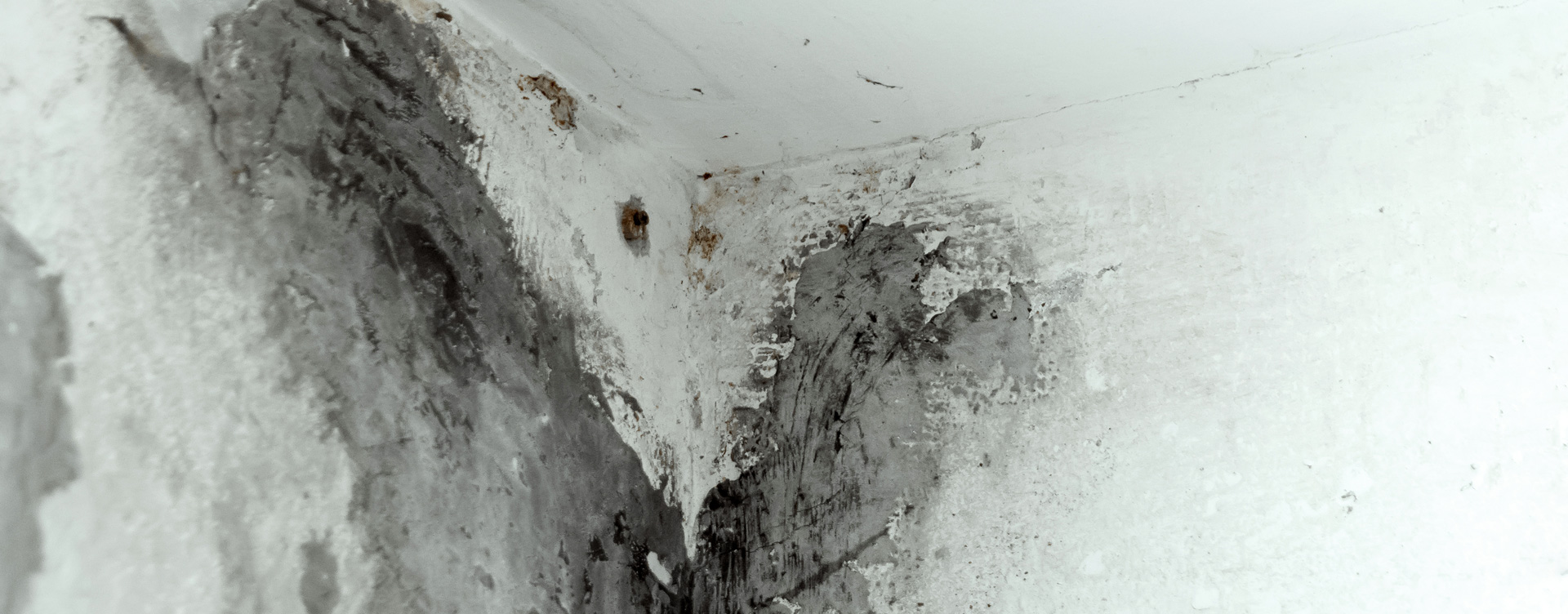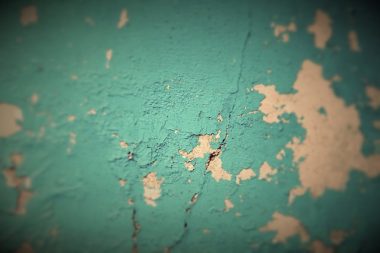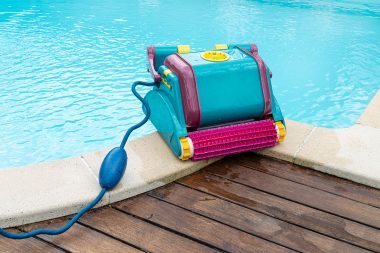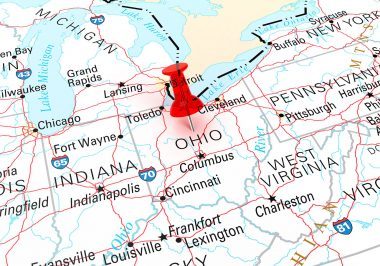Top blog articles
A broken sewer pipe is easily every homeowner’s nightmare. But, as with any plumbing problems, with timely detection, is very much fixable. So, what are the signs of a collapsed sewer line? In this article, we will highlight 10 such tell-tale symptoms.
These signs are very important because a completely collapsed sanitary sewer line will cost you much more to repair than proactive maintenance will.
There are high chances of your drainage line being damaged by tree root intrusion, cracks, or misaligned connections. Therefore, before this failure happens, the first step is to be vigilant enough to spot such sewage line issues. DO NOT let your plumbing system get to a point of a complete breakdown.
Here are some of the most common signs of a collapsed sewer line.
10 vital signs of a cracked, broken, or collapsed sewer pipe
1. Strong sewer odor
A strong, unusual odor is generally the first sign of a broken sewer pipe. If you can smell sewer gas in your home, chances are that you either have a dried out drain in your basement floor or a broken line. It’s important to take them both seriously.
Since a sanitary sewer is ideally airtight with the exception of vent stacks on the roof — that allows for the sewage to move downhill — you need to investigate any smells emanating. Surely, there is a crack somewhere in your sewer system.
The basement is the most common area of the home for sewer odor. But, if this smell is coming somewhere in your yard, check for any broken lines in the property outside your home.
2. Toilet that gurgles
If your toilet is making an unusual noise after flushing, it could be a sign of a broken sewer line. A gurgling generally happens when air is being trapped and then released abruptly. There is definitely a leakage that’s allowing air into your sewer line. Get a professional plumber to check the matter immediately.
Read more: Gurgling sink
3. Drains that take long to clear
Finding an isolated clog in your house might not be serious. But if all the drains seem to be clogged, and you are having a difficult time clearing them it might be a sign of a broken sewer line. The problem is most likely in your main sewer line as all drains rely on the main sewer line for drainage.
A slow, clogged drain means that there is a blockage. Before it leads to a sewage backup, it’s best to call a professional to assess the situation.
Keep a check on your toilet, bathtub, or sink drainage. DO NOT use chemical drain cleaners to solve a slow drain or blockage. The harsh chemicals in a blocked pipe may eat away at the cast iron or PVC.
4. Regular sewage backup in toilet or tub
Experiencing such backups or blockages often every time you flush or run water down your sink or bathtub? Something is wrong. If these backups are limited to only one drain, then you can concentrate all your energies on getting that isolated drain fixed. Otherwise, your main sewer line can become clogged or broken — by perhaps a tree root intrusion, channeling, cracks letting surrounding soil in, or a misaligned pipe connection.
5. Mold or mildew growing on your ceilings or walls

Growth of mold and mildew is again a sign of your sewer lines leaking behind any of your walls. It means that there is an abundance of moisture. In such cases, the humidity level rises to a point that’s suitable for a mold problem to grow.
If you notice mold growth in your home accompanied by sewer odor then you likely have a break in your sewage drain pipes.
The growth of mold and mildew is an indication that moisture is present.
6. Walls beginning to crack

Never ever ignore a crack in your walls. It could well be that the main sewage lines beneath your house are leaking — causing cracks in your foundation, or even the earth to shift a bit.
If you notice new cracks in your walls, address the issue immediately lest it causes structural or foundation damage. Or, in some cases even sinkholes.
Call a foundation repair specialist immediately.
7. Invasion of pests in the home
Since insects — such as cockroaches, palmetto bugs, and sewer flies — and rodents can easily travel through sewer lines. If you suddenly start seeing a lot of them in your house, it could be a sign of a break in the sewer line.
A small cockroach can fit into a really tiny crack in your pipes while the larger American one will easily squeeze into a space that’s as small as a quarter!
What’s more, rats who live in sewers can make their way from the main line to the pipes behind your walls.
Pest infestation can cause some ghastly allergic problems — triggering severe asthma symptoms, especially in children.
In case of a broken sewer line, the bugs will never stop coming into your home. Their entry point may indeed be through a crack in your sewer lines.
8. Greener-than-usual patches on your lawn
A broken sewage line beneath the surface of your lawn could cause your grass to grow a little greener in particular areas. It’s due to the fact that fecal matter is a natural fertilizer with nutrients, and when mixed with soil may encourage your grass to grow lush.
However, since sewage also contains bacteria and contaminants, it might eventually lead to a lot of damage to your landscaping.
9. Lawn or pavers that show indentations
A sewage line leakage below the earth’s surface will continuously saturate the ground. It will ooze a lot of extra moisture — causing the soil to become displaced. And, the top layer to sink in. If you notice that certain spots of your lawn have clear indentations, it’s a broken sewer.
If the sewer goes under a paved pathway or driveway, you will surely notice a deterioration of the asphalt or individual pavers. In extreme cases, they may sink.
10. Sewage pooling in your lawn
Sewage pooling in your lawn is a sure-shot sign of a problem. It could either be a broken sewer line or something wrong with your septic tank. In both cases, address the problem immediately.
Most often, the problem area is located directly under the pool of sewer water.
Read more: A complete guide on home sewer maintenance
Conclusion
Your drainage system might well work for a few days after your sewer lines are broken. However, you’ll eventually notice telltale signs of the breakage.
The water and moisture that’s fast escaping will make its presence felt in not-so-pleasant ways.
It’s imperative that you keep a vigilant eye on the above signs of a collapsed sewer line and get timely repair or replacement done. You will also save money. If you have a complete breakage of waste pipes, you’ll probably need professional help to repair it, and that can be expensive.
The average cost to repair a sewer main is $2,600. You could spend anywhere between $1,060 and $4,050, depending on the kind of damage. A full sewer line repair and replacement may cost you anything from $3,000 to a whopping $25,000.
Now you know what we mean by the idiom, “A stitch in time saves nine”, right?
Read more: How To Repair Clogged Sewer Line











Your opinion matters, leave a comment
Comments
It was great you elaborated on greener spots in your yard that could significate a leaking sewer. My neighbor noticed his garden had greener spots near his structure. I better recommend him calling a sewer service to find out if he has a leak.
Thanks for pointing out that you may need to replace a sewer line if a tree root has grown into it. My husband and I have noticed that the plumbing all over our house has been having problems. Since we have a lot of trees that might be the cause of it so we will have to call a professional to come and look at it.
I had no idea that a gurgling toilet can signify a broken sewer line. My mom has been having some trouble with her toilets but she thinks that something bigger is wrong. It could be really nice for her to get a professional to check her mainline for her.
That’s interesting that one potential sign is a gurgling toilet. I’ve noticed for about a week, my toilet has been acting weird. I’ll have to look into sewer line repair.
I wasn’t aware that having a stronger insect presence could be a sign of a broken sewer pipe since it could mean there is a break in the line. My husband and I have noticed that there seem to be more creepy crawlers around our home than usual. I think we should reach out to a professional with experience in sewer repair for help on what we should do.
Thanks for sharing this post. it helps me to check and know the signs of a broken pipe and find a professional sewer line repair to replace my sewer line. Thank you so much!
I remember college, rented a room, and the owner refused to repair the pipes when there were like 6-7 signals such as those mentioned. At least he made me realize that you can judge people depending on how quickly they fix problems like that.